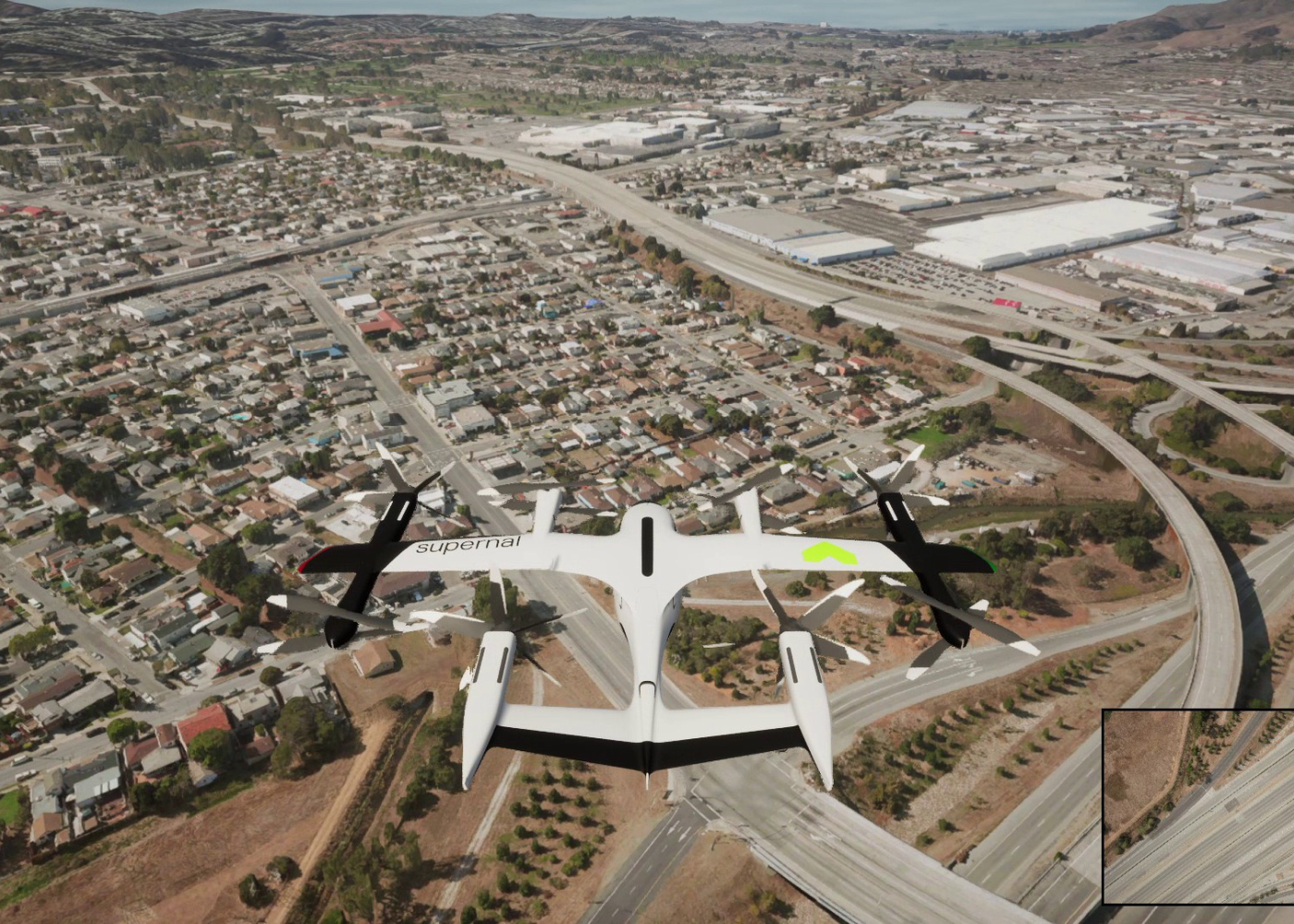“You often hear that 2028 is late to market, but I look at it as Ford came out with the first vehicle in 1903, and Hyundai didn’t produce the first vehicle until 1967 — now [Hyundai] is one of the largest in the world,” said Adam Slepian, chief commercial officer of Supernal, the advanced air mobility (AAM) division of Hyundai Motor Group.
Slepian believes 2028 is the “sweet spot” to be entering the eVTOL market. If anything, those extra few years will buy the eVTOL developer time to closely watch first movers like Joby and Archer navigate through the regulatory hurdles to get their aircraft certified and begin operations in 2025.
Slepian acknowledges that in order for Supernal to be successful in the sector, the first movers need to be successful. “We are all competitors, but if that market doesn’t come along, we all fail collectively,” he said.
Slepian was one of a number of eVTOL stakeholders who attended the Honeywell Advanced Air Mobility (AAM) Summit in Washington, D.C., earlier this month to discuss how to secure U.S. leadership in the eVTOL sector.
But a significant obstacle holding back eVTOL certification in the U.S. is the development of new rules for pilot training and operations, addressed under a special federal aviation regulation (SFAR) — a draft of which was released in June for 60 days of public comment.
“In terms of the overall timeline, I think it’s still to be determined how those folks will come in,” Slepian said. “There’s still a few things up in the air that need to be solved, so the benefit of time for us is actually a good thing so we can get in at the right time.”
Supernal is in its developmental phase of its aircraft program. Its eVTOL is designed to initially be a piloted aircraft with four passengers, targeting a range of 60 miles (97 kilometers) and cruising speed of up to 180 miles per hour (290 kilometers per hour).
The company is working toward autonomous solutions, “but before it goes to full autonomy, [we’re focused on] really having as much of that autonomy built in through simplified vehicle operations. How do we make it as efficient as we can in a safe way to be able to get that cadre of pilots that we’re going to need to be able to scale this out?”
The company plans to submit its certification application to the Federal Aviation Administration (FAA) by the end of this year, begin test flying a full-scale technology demonstrator in 2024, and prepare to enter the market in 2028. It’s a timeframe that Slepian believes puts Supernal in an early mover position where the market will still be “pretty small. We think it will scale more in the mid to late 2030s.”
It’s also a timeframe that aligns with the FAA’s Innovate 28 program, developed to support initial trial operations of eVTOLs in several U.S. early adopter communities in time for the Los Angeles Summer Olympics in 2028.
“From a launch perspective, we’re looking at different types of use cases so that’s traditional air taxi — high value routes from point A to B, whether that’s an airport or from urban and suburban areas, as well as things like events, corporate travel and logistics,” Slepian said. “It’s still a proof of concept when this whole market opens for us and other players in this space.”
Along with building and certifying an aircraft, Supernal is working concurrently to help develop the ecosystem, including vertiport development, pilot training, and maintenance, repair and overhaul training. The company is also focused on manufacturing and building aircraft at scale using the manufacturing expertise of its parent automotive company.
As far as the regulatory landscape, Supernal is working at the grassroots level on city activation, focusing its attention on the Los Angeles and Miami markets, as well as other regions around the U.S. and in Korea.
“We’re really putting a concerted effort to work with and through the local authorities and local agencies and integrate with the commercial entities to figure things out on zoning, environmental impact assessments, feasibility, route planning — and doing this in a way that makes it economical,” he said.





